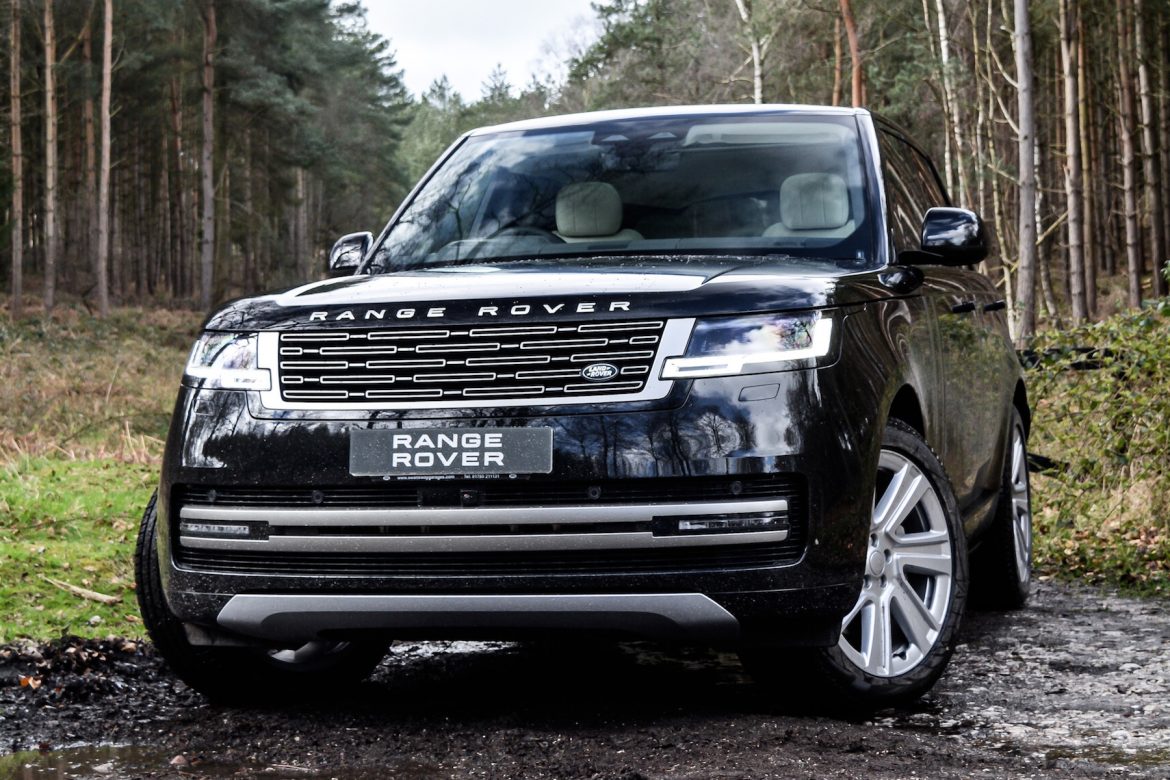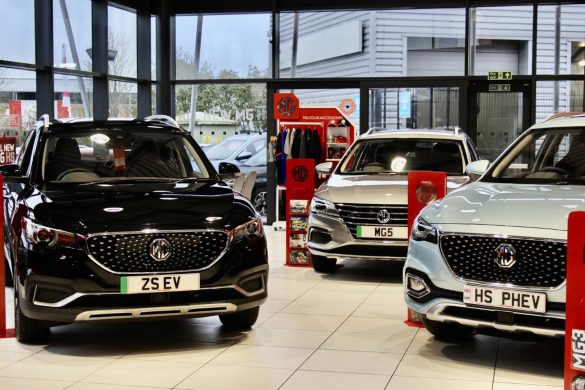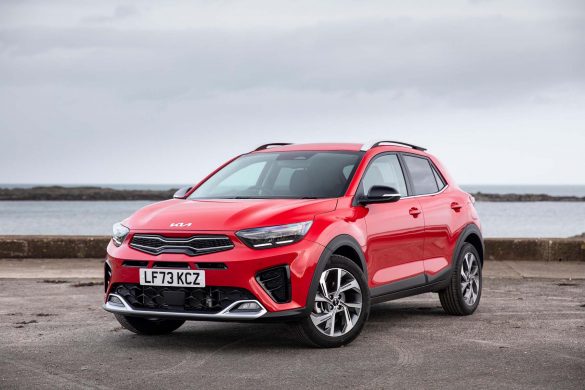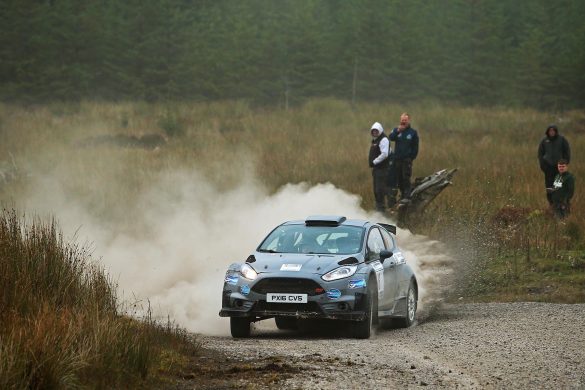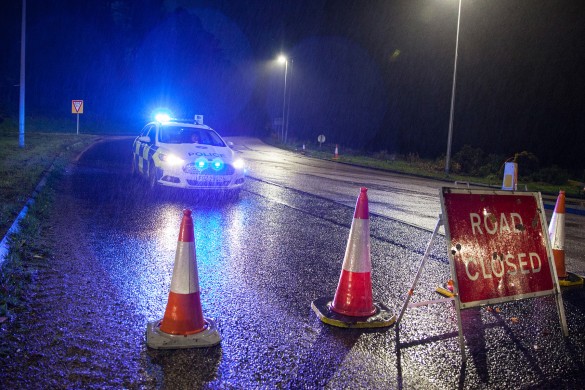Ah, the allure of a Range Rover—the embodiment of luxury and ruggedness, turning heads wherever it goes.
Buying a Range Rover is an adventure, but we all know their reputation for “quirky” reliability, don’t we?
Read on for the essential checkpoints when buying a second-hand Range Rover — where exploration meets caution.
Key takeaways
- Research the Range Rover model, set a budget, and familiarise yourself with common issues.
- Check the exterior, interior, and mechanical components, and consider a professional inspection.
- Use your findings to negotiate a fair price and ensure a satisfying purchase.
Research and preparation
Before you embark on your Range Rover journey, arm yourself with knowledge. Research different Range Rover models.
Set a budget that suits your needs and determine the desired model year.
Familiarise yourself with common issues and complaints associated with Range Rovers to avoid any surprises down the road. Range Rover Fanatic has several useful articles on the subject.
Exterior inspection
When examining the exterior, pay attention to the following areas:
– Assess the overall condition of the body and paintwork, looking for dents, scratches, or signs of rust that may indicate neglect or previous accidents.
– Check for misaligned panels, as they could suggest inadequate repairs or structural damage.
– Inspect the tires for wear and ensure they have sufficient tread depth for safe and optimal performance.
– Examine the wheels for any signs of damage or curbing that may require costly repairs or replacements.
– Inspect the suspension components for leaks, sagging, or excessive wear that could affect the vehicle’s ride and handling.
Interior inspection
During the interior inspection, focus on these key areas:
– Evaluate the condition of the seats, looking for tears, stains, or excessive wear that might require reupholstery or replacements.
– Inspect the dashboard controls, ensuring all buttons, switches, and dials are functional and responsive.
– Test the infotainment system, including the touchscreen, navigation, and audio features, to ensure they operate smoothly and without glitches.
– Check the functionality of the air conditioning, heating, and ventilation systems, as these are crucial for comfort during your journeys.
– Look for any signs of water damage, such as dampness, musty smells, or water stains, which may indicate potential leaks or drainage issues.
Mechanical inspection
When inspecting the mechanical components, keep an eye on the following:
– Review the maintenance records and service history to ensure the vehicle has been properly cared for and serviced at regular intervals.
– Check the engine for any signs of leaks, such as oil or coolant, which could indicate potential mechanical issues.
– Listen for any unusual noises during engine startup and while idling, as they might point to underlying problems.
– Test the transmission for smooth gear changes and responsiveness, ensuring it shifts seamlessly without jerks or delays.
– Evaluate the braking system for proper functionality and responsiveness, ensuring it brings the vehicle to a stop smoothly and efficiently.
– Check the suspension system for any signs of excessive bouncing, unevenness, or abnormal noises, as these can impact ride quality and handling.
Test drive
It goes without saying, be respectful as much as possible, as this is a car garage’s property or someone else’s pride and joy – but that aside, this is your chance to horse it on and see if errors flag up on the dash, makes any strange noises or vibrations.
Better knowing about these now than getting the old tail light guarantee!
During the test drive, focus on the following aspects:
– Assess the engine’s responsiveness and acceleration, ensuring it delivers power smoothly and without hesitation.
– Test the brakes for responsiveness and effectiveness, verifying they bring the vehicle to a stop confidently.
– Check the steering for any vibrations, stiffness, or unevenness, as these can affect the vehicle’s handling and maneuverability.
– Evaluate the suspension’s ability to absorb bumps and provide a comfortable ride, ensuring it keeps the vehicle stable and balanced.
– Test the functionality of various features, including the air conditioning, heating, and audio system, to confirm they operate as intended and enhance your driving experience.
Vehicle history check
Especially if you’re buying on the upper end of the market, it’s money well spent to get a comprehensive vehicle history check. Pay attention to the following:
– Verify the accuracy of the odometer reading and inspect for any mileage discrepancies that could indicate tampering or potential fraud.
– Check if the vehicle has been involved in any major accidents or undergone significant repairs, as this information can impact its value and reliability.
– Look for regular maintenance and service history to ensure the vehicle has received proper care and attention throughout its lifespan.
By following these checkpoints and conducting a thorough inspection, you’re equipped with the knowledge and tools necessary to make an informed decision.
Remember to do your research, inspect each aspect of the vehicle diligently, and consider seeking a professional inspection for added assurance.
Armed with this knowledge, you’ll be able to negotiate wisely and find the perfect Range Rover that suits your style and budget.
Words by Gareth Boyd of Range Rover Fanatic
